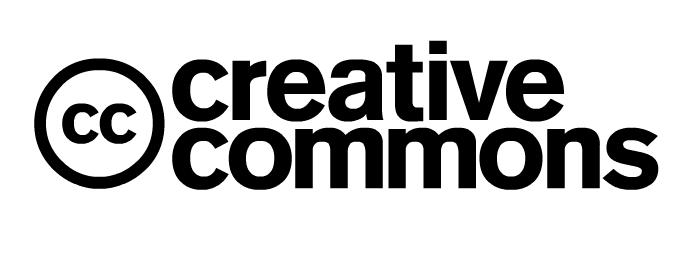How does Copyright work?

We have
been lately talking about how researchers publish their work and what types of publications
there are. In those previous posts, a very important topic has been mentioned:
copyright. What exactly is copyright and how is used? We will try to give a general
vision about it so everyone can easily understand Intellectual Property Rights
(known as copyright).
The term “copyright”,
related to publications, refers to the property of the publication and its
content. All the data, results and papers pertain to someone and this property
can sometimes be changed depending on the publication and journal conditions. In
our “What are Open
Access journals?” post we explained who can claim property rights depending
on the journals. The most claimed rights usually are:
Reproduction:
right to show the content in any platform.
Distribution:
right to trade copies of the original content.
Transformation:
right to work over the original content, change it, translate it or perform any
modification that creates a new content.
There is a
very easy way to learn about copyright and apply it to any content with “Creative Commons”. This is a non-lucrative
corporation which created some license categories, now commonly used in online
content, very easy to understand and apply to any content. These are:
CC BY: content
can be distributed and modified, even with commercial purposes, just by
acknowledging the original author.
CC SA: same
as before but with the obligation to maintain the same licenses on the new
content. This is the license used in Wikipedia.
CC ND:
original content can be modified but the new content can’t be distributed.
CC NC: original
content can be modified but not used to commercial purpose.
All these
licenses can be mixed applying e.g. CC BY-SA, CC BY-ND-SA or CC ND-NC. These CC
licenses are now widely used to share and publish scientific research and data.
Creative Commons is also collaborating to spread the concept Open
Science, defined as "the practice of science in such a way that others
can collaborate and contribute, where research data, lab notes and other
research processes are freely available, under terms that enable reuse,
redistribution and reproduction of the research and its underlying data and
methods". Will this be the future of science research?